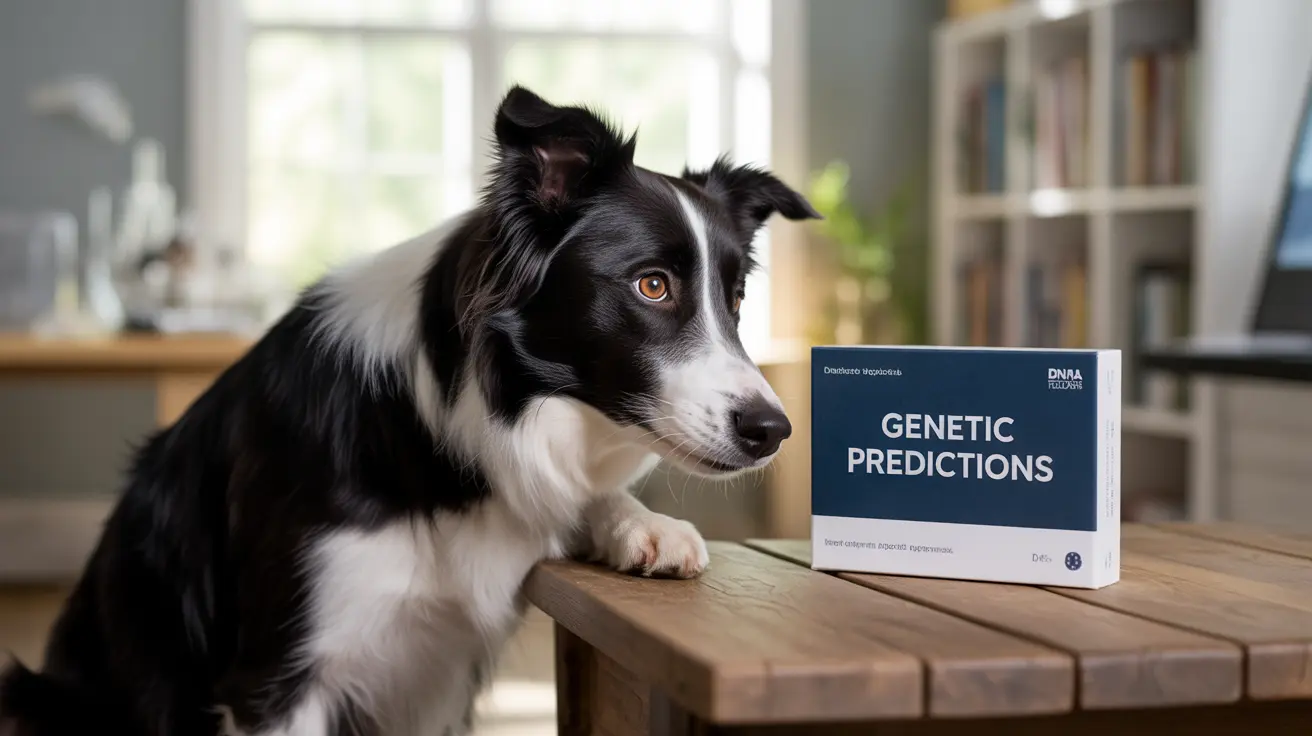The Evolution of Selective Dog Breeding
Selective breeding began thousands of years ago when humans first started domesticating wolves. Early breeders focused primarily on developing dogs for specific working purposes - herding livestock, guarding properties, or hunting game. This practical approach helped create many of the foundational breeds we recognize today.
Modern selective breeding practices have shifted significantly, with many breeders now focusing on aesthetic qualities defined by breed standards. The Fédération Cynologique Internationale currently recognizes over 340 distinct dog breeds, each with its own set of standardized characteristics.
The Science Behind Breeding Practices
Selective breeding relies on careful selection of parent dogs to pass desired traits to offspring. This process involves understanding genetics, inheritance patterns, and the complex interactions between different genetic markers. Responsible breeders use various tools and techniques, including:
- Genetic testing for hereditary conditions
- Health screenings and certifications
- Careful documentation of lineage
- Strategic pairing based on complementary traits
Benefits and Achievements of Selective Breeding
When conducted responsibly, selective breeding has led to numerous positive outcomes:
- Development of specialized working dogs
- Reduction of certain genetic diseases through careful screening
- Creation of breeds suited for specific climates and environments
- Enhancement of desirable temperament traits
Health Challenges and Genetic Concerns
Despite its benefits, selective breeding has introduced significant health challenges. Over 750 genetic disorders have been identified in modern dog breeds, many directly linked to breeding practices. Common issues include:
- Respiratory problems in brachycephalic breeds
- Hip dysplasia in larger breeds
- Heart conditions in specific breeds
- Neurological disorders
- Skeletal abnormalities
Responsible Breeding Practices
Modern responsible breeding focuses on maintaining genetic diversity while reducing the risk of inherited diseases. Key practices include:
- Regular genetic testing and health screening
- Maintaining detailed breeding records
- Avoiding excessive inbreeding
- Prioritizing health and temperament over appearance
- Working with veterinary professionals
The Future of Dog Breeding
The field of selective dog breeding continues to evolve, with increasing emphasis on health and welfare. Many breed organizations are revising their standards to promote healthier conformations, while genetic research offers new tools for preventing inherited diseases.
Frequently Asked Questions
What are the main health risks associated with selective dog breeding?
The main health risks include inherited genetic disorders, reduced immune system function, and breed-specific conditions such as breathing problems in flat-faced breeds, hip dysplasia in large breeds, and heart conditions in certain breeds.
How does inbreeding in selective breeding affect a dog's genetic diversity and health?
Inbreeding can significantly reduce genetic diversity, making dogs more susceptible to inherited diseases and genetic disorders. It can weaken immune systems and increase the likelihood of recessive genetic conditions manifesting.
Can selective breeding help reduce inherited diseases in certain dog breeds?
Yes, when done responsibly with genetic testing and health screening, selective breeding can help reduce the occurrence of inherited diseases by identifying and avoiding breeding carriers of specific genetic conditions.
Why do some dog breeds suffer from breathing and birthing problems due to selective breeding?
These issues often result from breeding for extreme physical characteristics, such as very flat faces (causing breathing problems) or large heads with narrow hips (causing birthing difficulties). These traits have been emphasized for aesthetic reasons despite their health implications.
How can prospective dog owners identify responsible breeders who prioritize health over appearance?
Look for breeders who perform comprehensive health testing, provide detailed health records of parent dogs, maintain transparent breeding practices, and prioritize the well-being of their dogs over show standards or profit. Responsible breeders should also be willing to discuss breed-specific health concerns openly.






